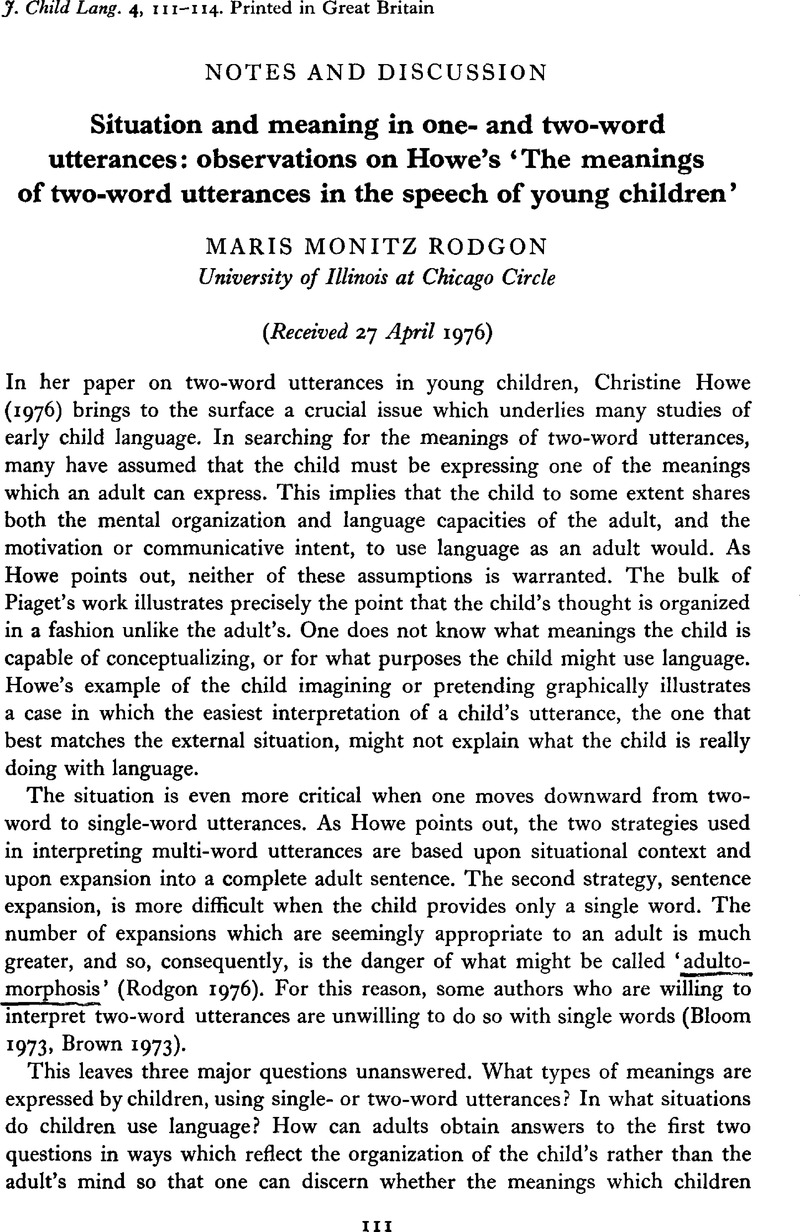Crossref Citations
This article has been cited by the following publications. This list is generated based on data provided by Crossref.
1981.
The Psychology of Social Situations.
p.
377.
Oller, D.K.
and
Eilers, Rebecca E.
1989.
A natural logic of speech and speech-like acts with developmental implications.
First Language,
Vol. 9,
Issue. 6,
p.
225.
Martel, Karine
2009.
Introduction – L’étude de la prosodie en acquisition : un enjeu clinique.
Enfance,
Vol. N° 3,
Issue. 3,
p.
259.
Martel, Karine
2009.
Introduction – L’étude de la prosodie en acquisition : un enjeu clinique.
Enfance,
Vol. 2009,
Issue. 03,
p.
259.


